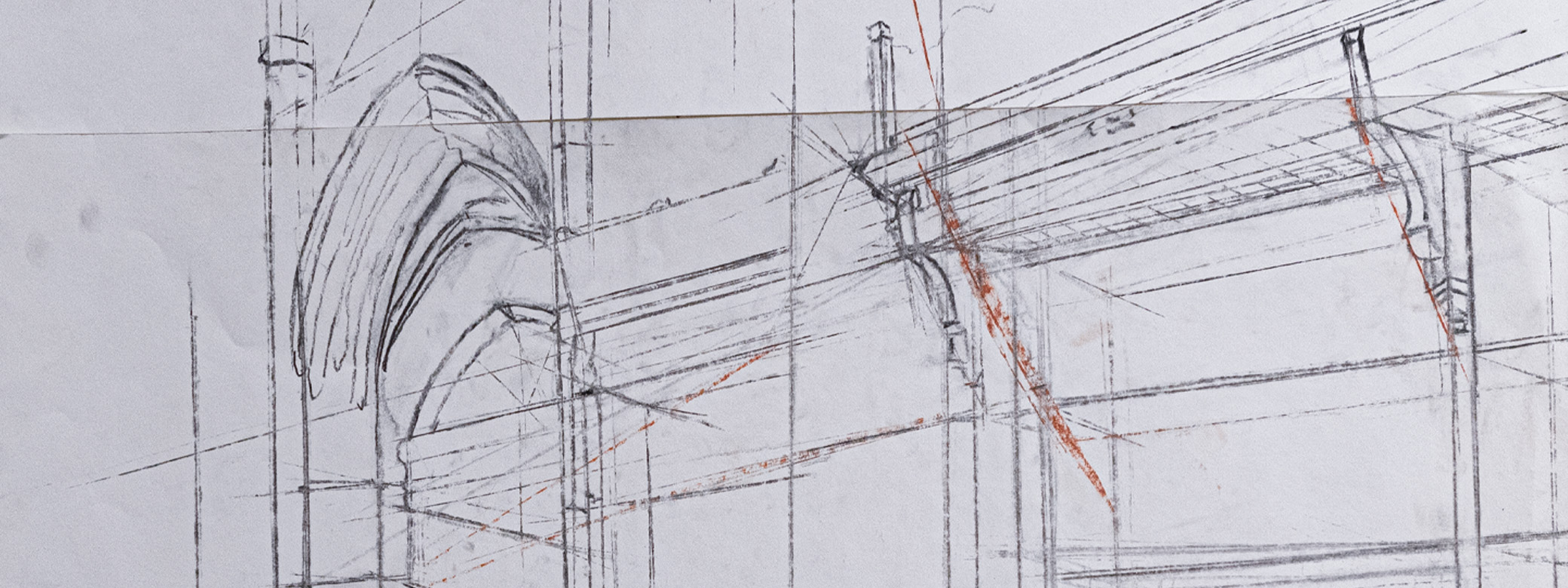Jades (nephrite) have been used and cherished by Chinese residents for more than eight thousand years. They are considered one of the most significant characters of a certain culture. In the practices of archaeology, however, jade objects whose home culture was centuries earlier and hundreds-mile away have been excavated. This kind of "interference" of date can be categorized in three groups: collection, rework, and inspired copy. Cong tubes and bi disks are the two major types of jades in early China, both of which originated from the late Neolithic Liangzhu culture in east China. The physical distribution of original and copied pieces, as well as the intellectual transmission of their shapes and decorations are revealing. Other than these two types, jades from other cultures and dynasties also provide informative comparisons and contradictions through which we can get a glimpse of the goods and ideas transitions in early China.
Qian Yang. "The Circulation of Jades in Early China China (late Neolithic - Eastern Zhou, ca. 4500-221 B.C.)." MA Thesis, University of Washington, 2014.
Adviser
